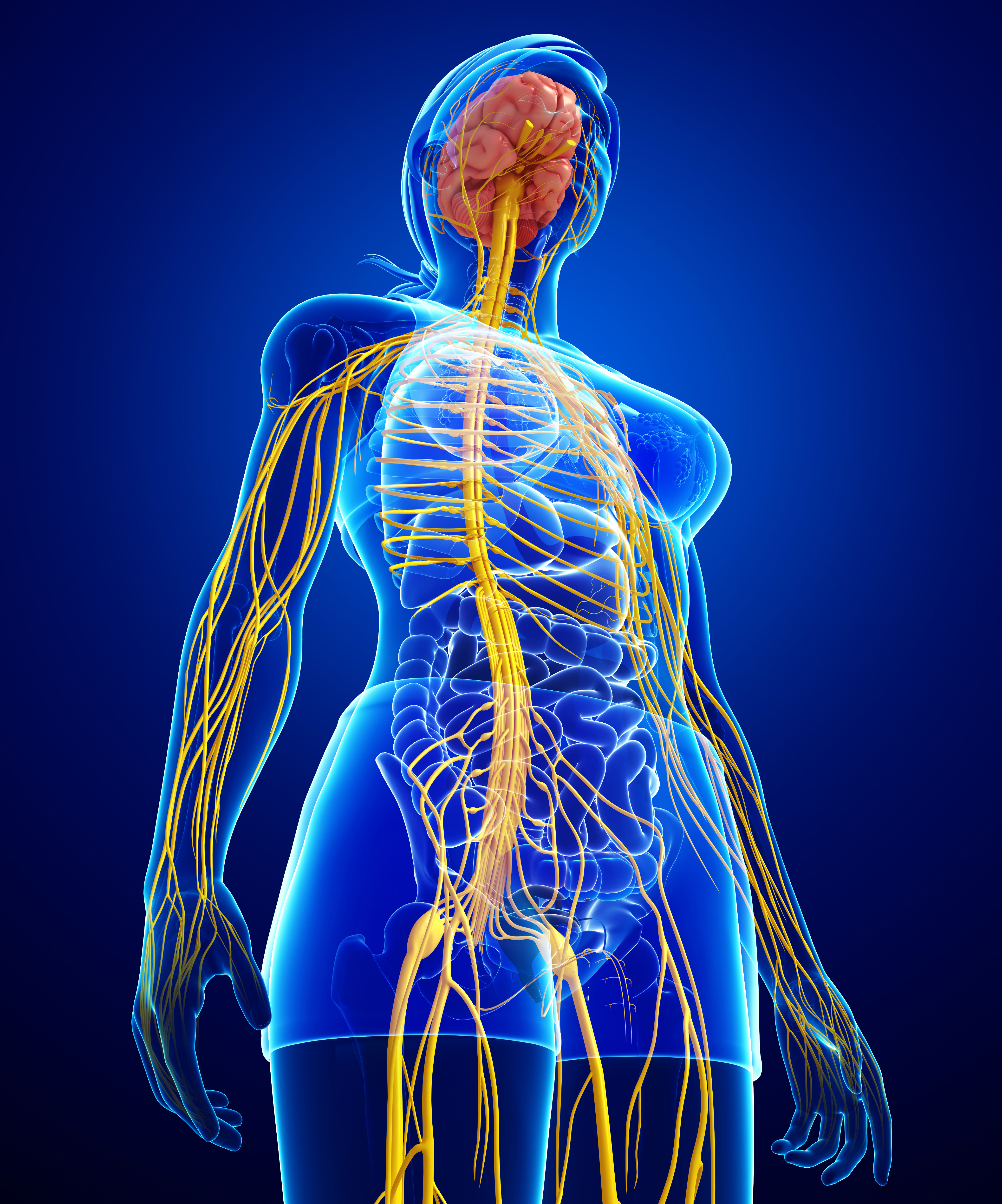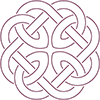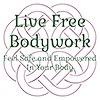What is Craniosacral Therapy?

Craniosacral therapy (CST) is a gentle hands-on bodywork modality that releases deep tensions in the body to relieve pain and alleviate dysfunction. This approach improves whole body health and wellbeing.
Using gentle touch, CST practitioners help the client to release restrictions and tensions in the soft tissue, with a particular focus on those surrounding the central nervous system. In addition to relieving pain, CST is being used more and more for its ability to address mental stress and boost the body’s resistance to disease.
How Does Craniosacral Therapy Work?

Practitioners tune in to the subtle signs of the body. We “listen” to biorhythms such as respiratory, cardiac and the third rhythm, what we call the Craniosacral rhythm. We also pay attention to muscle and fascial tension, digestive movements, nerve function and pain patterns. Using all of these observations combined, we begin to paint a picture of what is happening in the body. We then use the picture as a map to understand what is causing our client’s pain, and how their body needs to unwind in order to release that pain.
We focus on the central nervous system because few body systems have as much impact on the rest of the body. The central nervous system is surrounded and influenced by the craniosacral system – the membranes and fluid that surround, nourish and protect the brain and spinal cord.

Everybody endures stress, especially nowadays! Stress, both physical and psychological, can cause tension and pain in even the healthiest of bodies. Add trauma, injury or chronic illness, and the results can be debilitating. These stressors and dysfunctions can put tension on the craniosacral system, which then negatively impacts the surrounding central nervous system’s proper functioning.
Thankfully such restrictions and negative feedback loops aren’t permanent. With gentle touch, we can evaluate what is causing the pain and facilitate the body going through its own unwinding process. Instead of working against the body, we are working with the body to help it move towards a calm state of balance and relaxation.
Because we are treating the mind and body (and even spirit) as one whole organism, we pick up on subtle, yet critical, connections and associations in the mind/body complex. By helping the central nervous system to function properly, we can address a wide range of issues from trauma to sports injuries.
Who Benefits from Craniosacral Therapy?
Craniosacral therapy can help with a wide variety of pain and chronic conditions. Here are a few that I have experience with:
- Post-Traumatic Stress Disorder
- Stress and Tension-Related Disorders
- Concussion and Traumatic Brain Injury
- Migraines and Headaches
- Chronic Neck and Back Pain
- Chronic Fatigue
- Fibromyalgia
- Motor-Coordination Impairments
- Infant and Childhood Disorders
- Brain and Spinal Cord Injuries
- TMJ Syndrome
- Scoliosis
- Central Nervous System Disorders
- Learning Disabilities
- ADD/ADHD related challenges
- Autism related challenges
- Orthopedic Problems
- And Many Other Conditions

Craniosacral Therapy Resources

Craniosacral therapy is a complex topic. It’s a treatment that tunes into body systems that most of us haven’t heard of, in ways that we aren’t used to. If you were taught, like me, the “no pain, no gain” philosophy of massage, Craniosacral therapy can seem very counter-intuitive.
However, CST is a highly-researched form of bodywork being used to successfully treat and provide lasting relief for a wide range of conditions. The practice has been driven and validated by an ever-growing body of solidly-founded scientific medical research.
Don’t just take my word for it! Here are some notable scientific journal publications to help you understand more about this fascinating and vital form of therapy:

